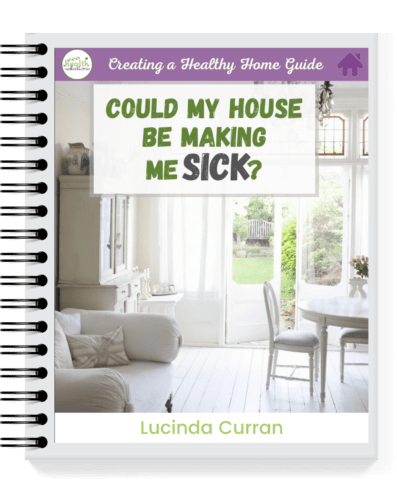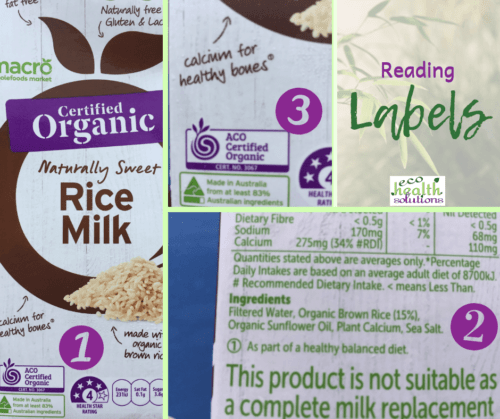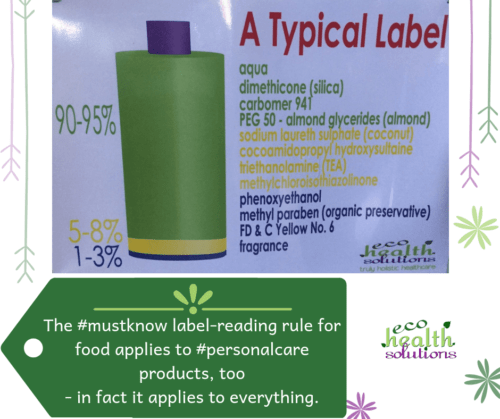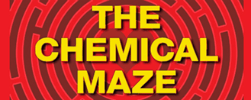Health Impact of Plastics on Health
The Impact of Plastics on Our Health & The Environment
Plastics have become an integral part of our daily lives, but their effects on our health and the environment are becoming more and more apparent. In this post, we’ll delve into some of the issues posed by the widespread use of plastic, on human health and on our planet.
We’ll explore topics such as microplastics, plastic pollution, and the chemicals found in plastics that can disrupt our endocrine system.
The Effects of Microplastics
Microplastics are small plastic particles that are less than 5 millimetres in size.
These particles can come from a wide range of sources, including cosmetics, clothing, and industrial processes.
Dr. Janice Brahney, an assistant professor at Utah State University, explains that, “Once they enter the environment, they can cause a range of problems.”
Research from the University of Plymouth has revealed that a single polyester garment can shed up to 1,900 microfibers in one wash, and these microplastics can enter the food chain when they are ingested by small marine creatures, eventually making their way into the seafood we eat. Microplastics can also cause physical harm to marine life, disrupting their digestive and reproductive systems.
There is growing concern about the impact of microplastics on our health.
Recent research suggests that these tiny particles can enter our bodies through the air we breathe, the food we eat and even the water we drink.
A study published in Environmental Science & Technology in 2020 found that people could be ingesting an average of 5 grams of plastic every week, which is the equivalent to the weight of a credit card. This means that we are consuming microplastics in our food and water, and these particles could potentially cause long-term health problems.
Plastic Pollution in Our Environment
Plastic pollution is one of the biggest environmental challenges we face today.
Dr. Jenna Jambeck, an associate professor of environmental engineering at the University of Georgia, states that, “Over 8.3 billion metric tons of plastic have been produced since the 1950s, and the majority of that plastic is still in the environment.”
Plastic pollution not only affects the aesthetics of our planet, but it can also have a serious impact on ecosystems. Birds and other wildlife can become entangled in plastic, or ingest it, causing injury or death. Some sea birds are mistakenly fed plastics as babies, resulting in them being too heavy to fly, so they drown when they head out to sea.
The impact of plastic pollution on our oceans is particularly concerning.
According to a report by the Ellen MacArthur Foundation, there could be more plastic than fish in the ocean by 2050 if current trends continue.
Plastic pollution can also have a direct impact on human health. In areas where plastic waste is burned, it can release toxic fumes that are harmful to human health.
The Impact of Plastics on Human Health
Many plastics contain harmful chemicals, including phthalates, bisphenol A (BPA), and other endocrine disrupting chemicals.
Dr. Leonardo Trasande, a professor of environmental medicine and paediatrics at NYU Grossman School of Medicine, explains, “These chemicals can disrupt the endocrine system, which regulates hormones that play a critical role in human health.”
Phthalates are often added to plastics to make them more flexible, but they have been linked to a range of health problems, including hormonal imbalances and reproductive issues.
BPA is a chemical used in plastics that can mimic oestrogen in the body and has been linked to obesity, diabetes, and other health problems. In many situations, this has been replaced by bisphenol S (BPS) which isn’t any better!
Endocrine disrupting chemicals can also impact foetal development and may lead to long-term health problems.
One of the most concerning aspects of plastic and health is the potential impact on unborn babies.
Research has suggested that exposure to certain endocrine disrupting chemicals during foetal development could lead to a range of health problems later in life.
A study published in the journal Environmental Health Perspectives found that women with higher levels of phthalates in their blood during pregnancy were more likely to have children with language delays.
Another study found that BPA exposure during pregnancy could increase the risk of behavioural problems in young girls.
It’s not just unborn babies who are at risk from the chemicals found in plastics.
Adults can also be affected.
For example, a study published in the Journal of Clinical Endocrinology and Metabolism found that men who consumed food from plastic containers had lower levels of testosterone than men who did not.
Summing it all up –
Plastics have become ubiquitous in our society, but their impact on our health and the environment is becoming increasingly concerning.
Microplastics are found in our food, water, and air, and plastic pollution is one of the biggest environmental challenges we face.
Chemicals found in plastics can disrupt the endocrine system, leading to a range of health problems, including reproductive issues, obesity, and diabetes.
It’s important to reduce our use of plastics wherever possible and to recycle and dispose of them properly.
By doing so, we can help to protect our planet and our health.
Healthy Home Tips to reduce your use of plastics:
- Use stainless steel drink bottles, instead of single-use plastic bottles
- Choose food in glass containers
- Buy food from bulk suppliers so you can use your own packaging instead
- Use glass containers to store your food in – you can reuse your glass jars
- Herbs and spices keep better in glass jars
- Left-over food can be placed in the fridge in a bowl with a plate as a lid (no need for cling film)
- Use metal or glass bottles for home-made cleaning and skincare products
- Opt for sustainable scrubbing brushes, instead of plastic ones
- Opt for bamboo microfibre cloths, instead of those made with synthetic fibres
- Use stainless steel pegs instead of plastic ones
- Choose natural fibres for clothing, bedding and other textiles, avoiding synthetics
- Invest in cloth shopping bags and bags you can buy (and store) your fresh produce in
- Choose stainless steel or bamboo straws
- Check out our “Eco-friendly” category for more products with this in mind
Want your home to be a healthy one that supports your wellbeing?
Like to find out more about creating a healthy home?
Grab this FREE Could my house be making me sick? guide here.
References
- Brahney, J., et al. (2018). The plastics revolution: how have we created a world in which plastic threatens life? The Conversation. https://theconversation.com/the-plastics-revolution-how-have-we-created-a-world-in-which-plastic-threatens-life-102335
- Ellen MacArthur Foundation. (2016). The New Plastics Economy: Rethinking the future of plastics. https://www.ellenmacarthurfoundation.org/publications/the-new-plastics-economy-rethinking-the-future-of-plastics
- Geyer, R., et al. (2017). Production, use, and fate of all plastics ever made. Science Advances, 3(7). https://advances.sciencemag.org/content/3/7/e1700782
- Harvard T.H. Chan School of Public Health. (n.d.). Endocrine disruptors. https://www.hsph.harvard.edu/iaq/endocrine-disruptors/
- Mínguez-Alarcón, L., et al. (2018). Urinary bisphenol A concentrations and association with in vitro fertilization outcomes among women from a fertility clinic. Human Reproduction, 33(11), 2053-2062. https://academic.oup.com/humrep/article/33/11/2053/5064139
- Rochester, J. R. (2013). Bisphenol A and human health: a review of the literature. Reproductive Toxicology













